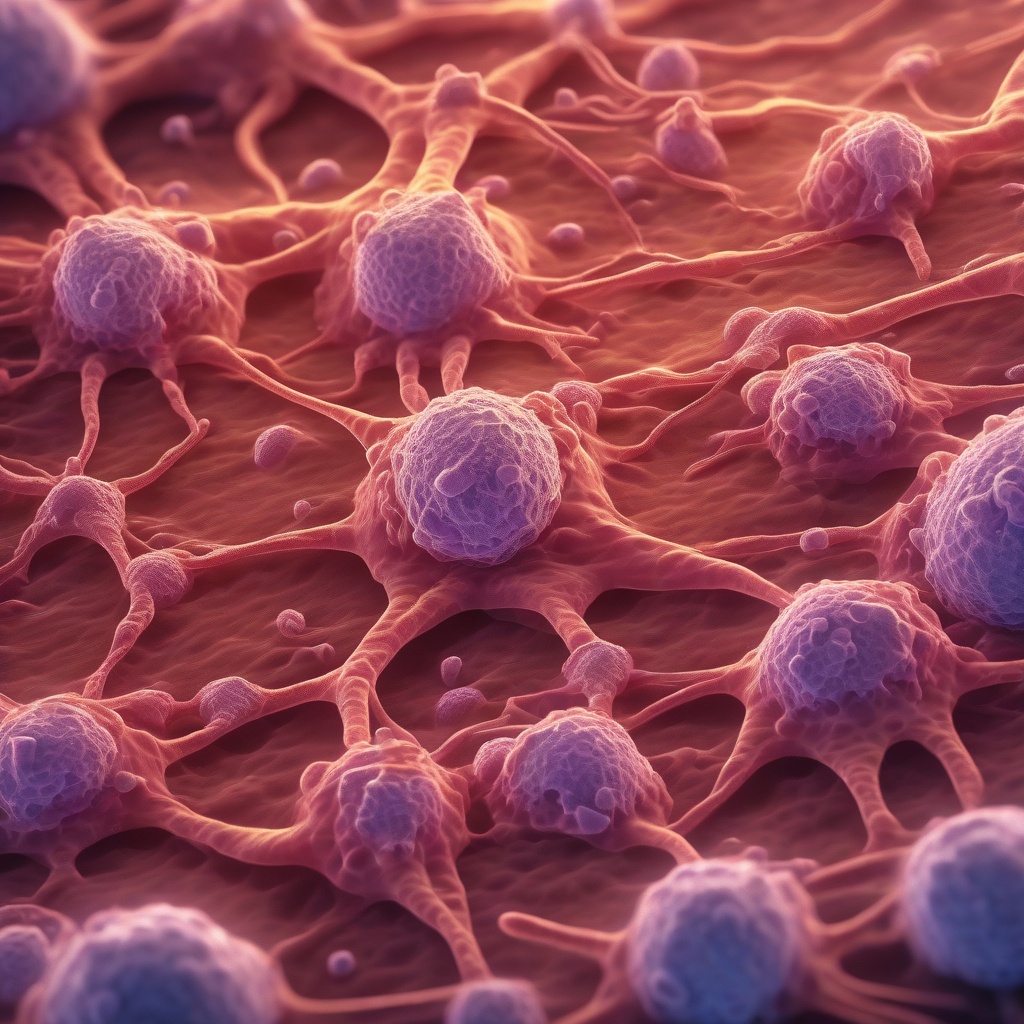Mast Cells and Atopic Dermatitis: Unraveling the Complexities of a Chronic Skin Condition
Atopic dermatitis (AD), also known as eczema, is a chronic inflammatory skin disease characterized by intense itch, dry skin, and eczematous lesions. Affecting millions of people worldwide, AD is a significant burden on individuals, families, and healthcare systems. While the exact causes of AD remain unclear, research has shed light on the critical role of mast cells in the pathogenesis of this complex condition.
The Role of Mast Cells in Atopic Dermatitis
Mast cells are a type of immune system cell that play a crucial role in the body’s defense against pathogens and in the regulation of inflammation. In the context of AD, mast cells are found in increased numbers in the skin lesions of patients with the disease. These cells release a variety of chemical mediators, including histamine, leukotrienes, and cytokines, which contribute to the development of itch, inflammation, and skin barrier disruption.
Mast Cell Activation and Itch Sensation
Itch is a hallmark symptom of AD, and mast cells are key players in the transmission of itch signals. When mast cells are activated, they release histamine, which binds to receptors on sensory nerve fibers, leading to the transmission of itch signals to the brain. This results in the sensation of itch, which can be intense and debilitating for patients with AD.
Cytokines and Chemokines: The Mast Cell-Generated Pro-Inflammatory Milieu
In addition to histamine, mast cells release a range of cytokines and chemokines that contribute to the inflammatory response in AD. These include interleukin-4 (IL-4), IL-13, and tumor necrosis factor-alpha (TNF-alpha), which promote the activation and recruitment of other immune cells, such as T cells and dendritic cells, to the skin lesions. This creates a self-sustaining inflammatory cycle that perpetuates the disease.
The Skin Barrier: A Critical Component of Atopic Dermatitis Pathogenesis
The skin barrier is disrupted in AD, allowing allergens and irritants to penetrate the skin and trigger an immune response. Mast cells contribute to skin barrier disruption by releasing proteases, such as tryptase, which can degrade the skin’s structural proteins and compromise its integrity.
Therapeutic Targeting of Mast Cells in Atopic Dermatitis
Given the critical role of mast cells in AD pathogenesis, targeting these cells has become a promising therapeutic strategy. Antihistamines, which block histamine receptors, are commonly used to alleviate itch and reduce inflammation in AD. Other mast cell-targeting therapies, such as mast cell stabilizers and tryptase inhibitors, are being explored in clinical trials.
Current Research and Future Directions
Recent studies have highlighted the complexities of mast cell biology in AD. For example, research has shown that mast cells can interact with other immune cells, such as T cells and dendritic cells, to modulate the immune response. Additionally, the role of mast cells in the development of AD comorbidities, such as asthma and allergic rhinitis, is an area of active investigation.
- Key areas of research:
- The role of mast cells in AD comorbidities
- The development of novel mast cell-targeting therapies
- The interaction between mast cells and other immune cells in AD
Conclusion
In conclusion, mast cells play a critical role in the pathogenesis of atopic dermatitis, contributing to itch, inflammation, and skin barrier disruption. Further research is needed to fully elucidate the complexities of mast cell biology in AD and to develop effective therapeutic strategies targeting these cells. For more information on recent studies and findings on this topic, readers can refer to this article published in Frontiers in Allergy. By unraveling the complexities of mast cell biology in AD, we may uncover new avenues for the treatment and management of this chronic skin condition.



